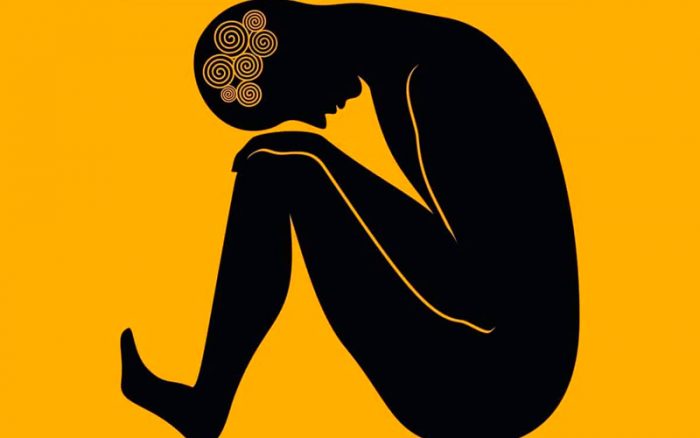In 1977, psychiatrist George L. Engel realized that a new medical model was needed, there were more factors that could influence the health of patients and this needed to be analyzed. So he proposed what would later come to be known as the biopsychosocial model.
Over the years and with the growth of palliative medicine (which aims to provide a better quality of life for terminally ill patients) it was realized that there was a fourth dimension to this universe: spirituality.
This research was dedicated to mapping, using the AHP method, the brains of medical students, in order to understand how much future physicians value the five dimensions of biopsychosocial care (Environmental, Biological, Psychological, Spiritual and Social).
After the preliminary round of application of the study, the researchers arrived at four large groups that were named Engelians I; Engelians II; Biomedic; Vanguard. The last group is also the smallest, with only 14% of respondents, but for this survey it is the most important, as it is that of people who take into account spiritual aspects in their decision-making. The other three take more into account biological and environmental aspects, at different scales. This research intends to continue with the application of the AHP method, but now in other audiences: university professors and patients. The hypotheses proposed by the researchers are that the professors will have results similar to those of the students, but the results with the patients must demonstrate a great concern with the spiritual aspect.

